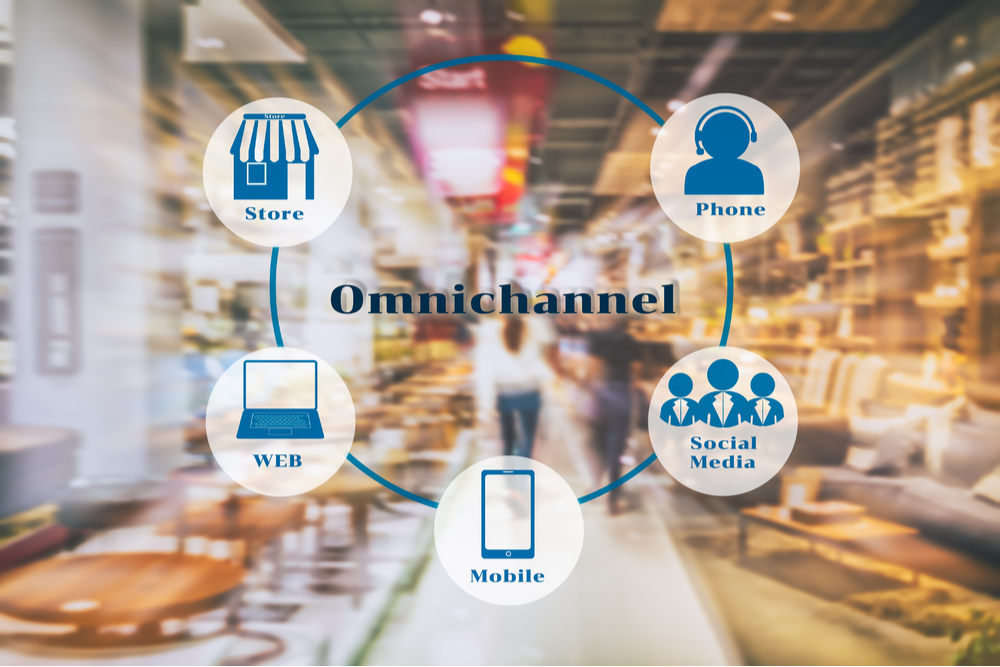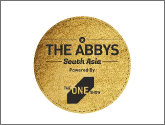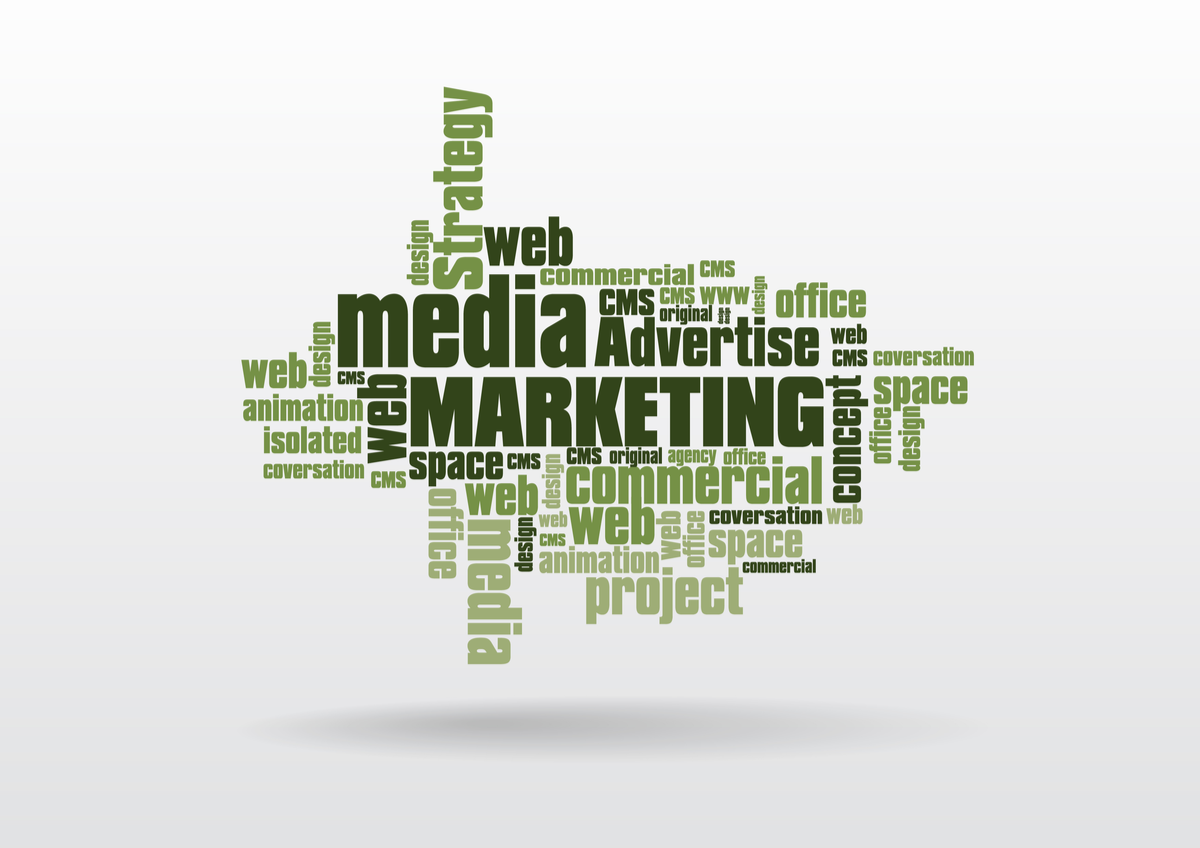What is Omnichannel Marketing?
Posted: August 8, 2019 | Author: Ankit Sahu

Before directly diving into the vast ocean of omnichannel marketing, let's take a minute to understand what 'omnichannel' means when associated with marketing.
Omnichannel is a cross-channel content strategy (Planning, development, and management of content across all channels like display ads, search engines, social media, website, e-mail and mobile and more) that organisations use to improve their user experience. (A person's emotions and attitudes about using a particular product, system or service)
Omnichannel implies integration and orchestration of channels such that the experience of engagement across all the channels someone chooses to use is as, or even more, efficient or pleasant than using single channels in isolation.
Example of Omnichannel Marketing
The Starbucks rewards app is one of the prime examples of omnichannel marketing.
Like any other modern retail store, you will get a free rewards card which you can use whenever you make a purchase. Where Starbucks excelled is at the structure of its customer loyalty program.
Starbucks has made it possible to check and reload your card via phone, website, in-store, or on the app. Any change to the card or your profile gets updated across all channels, in real-time!
While standing in a line to get a coffee and realising, you don't have enough on your balance? You can reload it, and the cashier will know it's been updated by the time you swipe your card. Cool right?
Apart from Starbucks, Disney, Virgin Atlantic, Bank of America, Timberland, Sephora are a few names among many who have done wonders with their Omnichannel strategies.
Each of these companies is focussed on only one goal - create a seamless experience for the customer, whether they are shopping online from a desktop or mobile device, via phone, or in a brick-and-mortar store.

Understanding Omnichannel Marketing
'Omnichannel marketing' is no longer just a buzzword. It has surpassed the "trend" phase and stationed itself as a key strategy necessary to implement in this new era of technology. If it is that common, why so many companies are still lacking in the implementation of seamless user experience?
To identify the gap, the basics should be crystal clear. Noticing how a customer experiences the same channel more than once on their journey is vital. Omnichannel marketing supports a customer journey that is connected, fluid, and non-linear. While the customer's journey may not look direct, your marketing approach still requires a strategic approach with segmentation and personalisation.
By now, you have noticed that omnichannel marketing and customer journey are intertwined. But it's important to have a deeper level of comprehension to understand the customer journey and how it relates to omnichannel marketing.
Omnichannel marketing and the customer journey
Imagine, you're going to another city, do you want roadblocks, construction work or diversions on your way to the airport? You want your trip to be as simple as possible; to get from point A to point B without any roadblocks, construction work or diversions.
The same truth applies to the buyer's journey - customers want your process to be simple and easy.
Another example of how omnichannel marketing works
Rahul is scrolling through his Instagram feed and comes across a promoted post of his local electronics store. The ad tells him that there is a 40% discount on select items. From the ad, he goes to a website page that lists all of the items which have a 40% discount.
Of the items which have a 40% off, Rahul decides to buy a backpack. In the online checkout process, instead of delivery, he opts to pick up the backpack from the store that evening. When he arrives at the store, he directly goes to the clearly labelled in-store pickup kiosk. At the kiosk, he enters the details, and an associate promptly brings his backpack.

Of the channels used here (social media, the store's website, and the brick-and-mortar store) the entire customer journey was uninterrupted. This shows the execution of an omnichannel approach in its most basic form.
Sounds easy right? But what about service industries or B2B markets or only web-based retail shops?
At Seagull Advertising, we work towards implementing an omnichannel marketing approach in its most efficient way.
Here is a sneak peek into our next blog post:
Excerpt: Customer information, birthdays, reward points, geographic data and more should be transparent at all the levels. Don't worry; you don't have to do it manually; there are more than 7000 marketing tech tools available to choose from like:
- Content Management System (CMS)
- Marketing Automation Platform (MAP)
- Customer Relationship Management (CRM) software
- Social Media Management tools
- Content Marketing tools
- SEO tools
- Customer Data Platform (CDP)
- Other quantitative and qualitative analytical tools
Read our next blog (How to create an omnichannel marketing strategy?) to have a better idea of these tools and more.
For more articles please visit our advertising and marketing blog.





